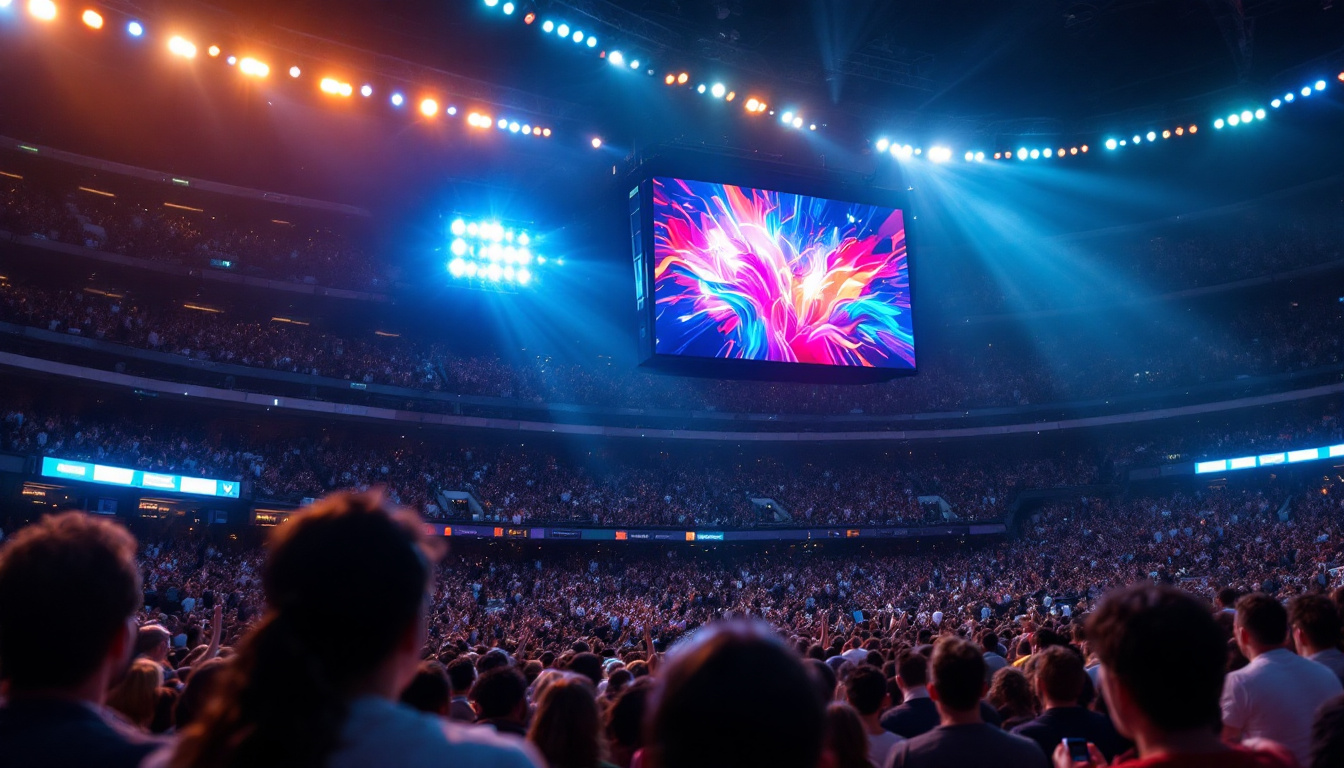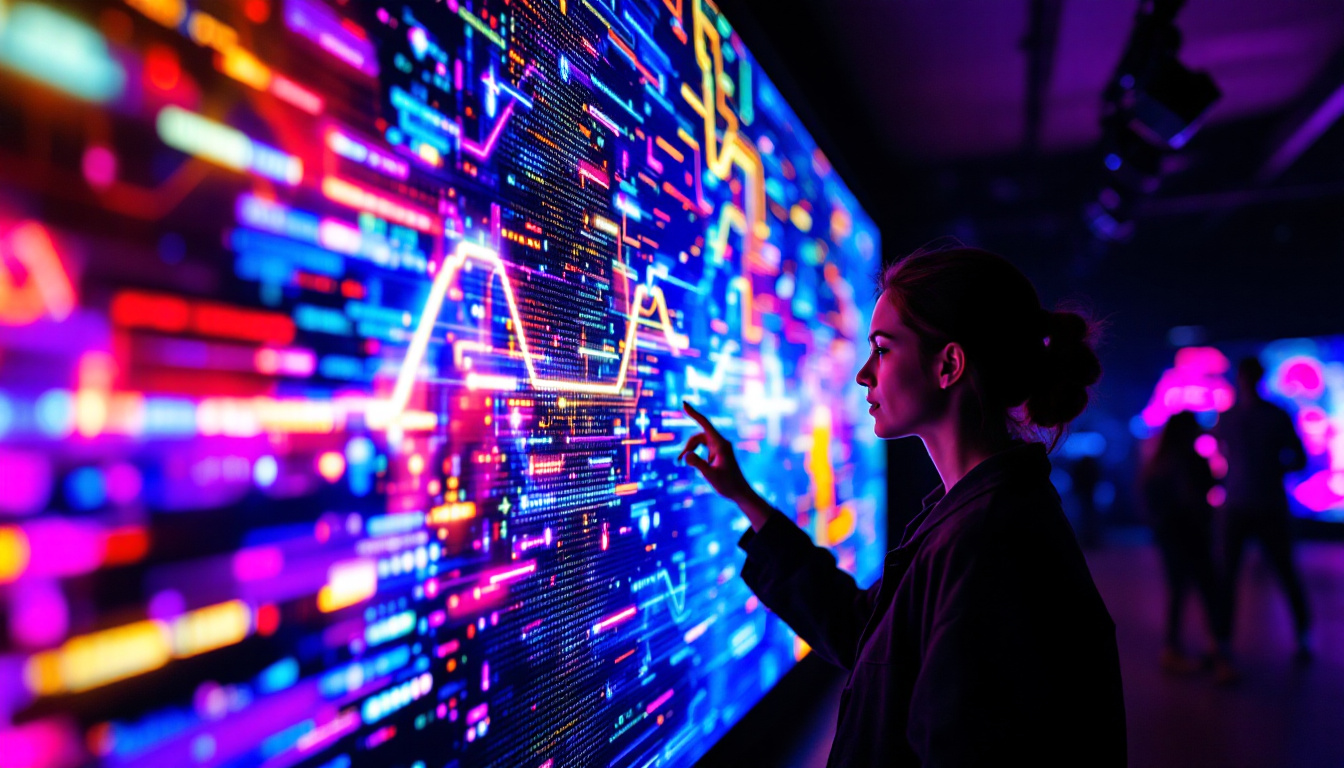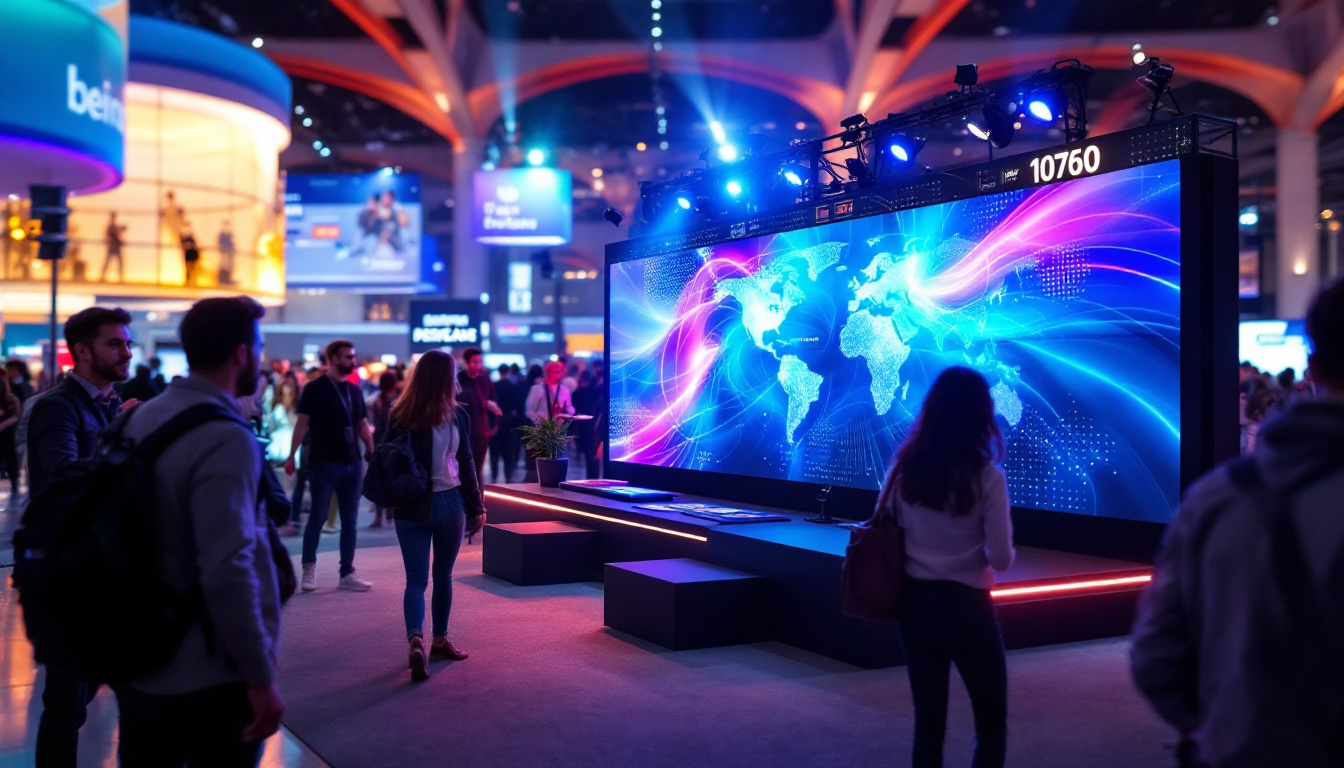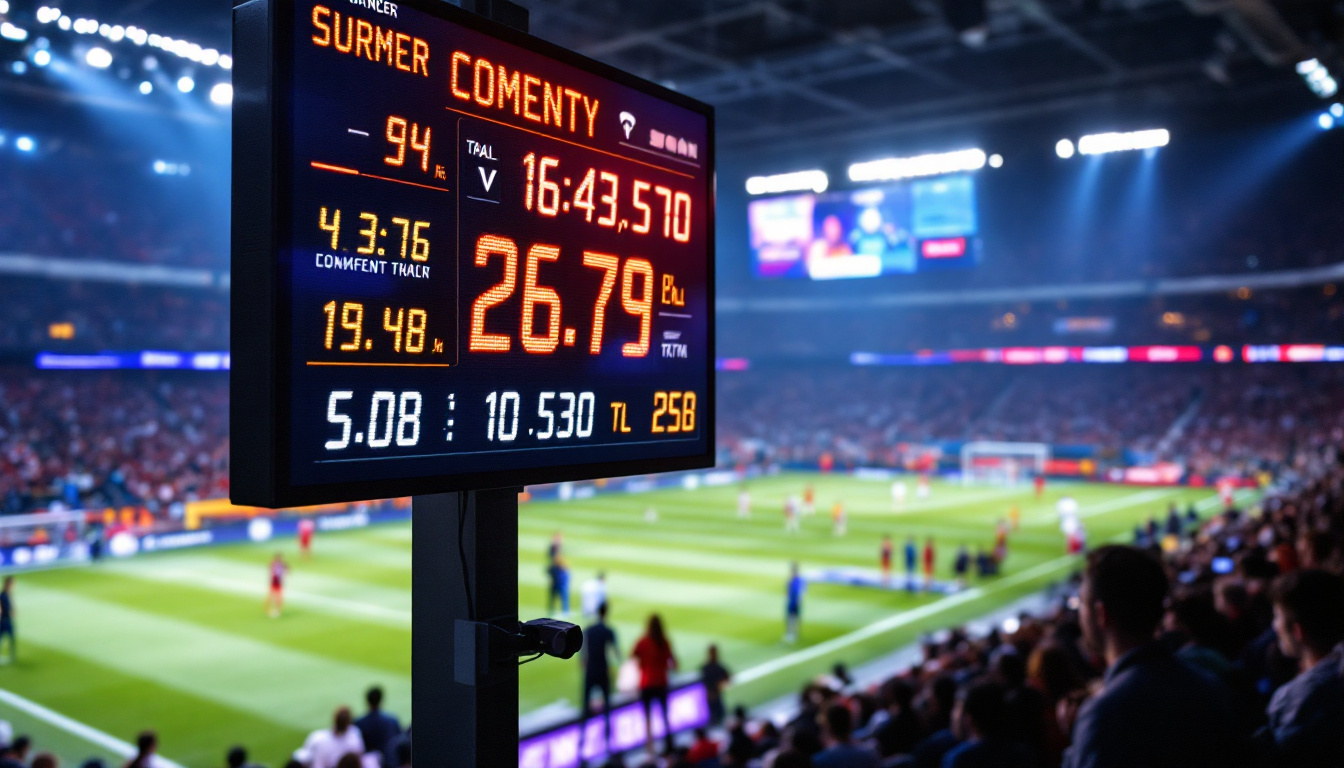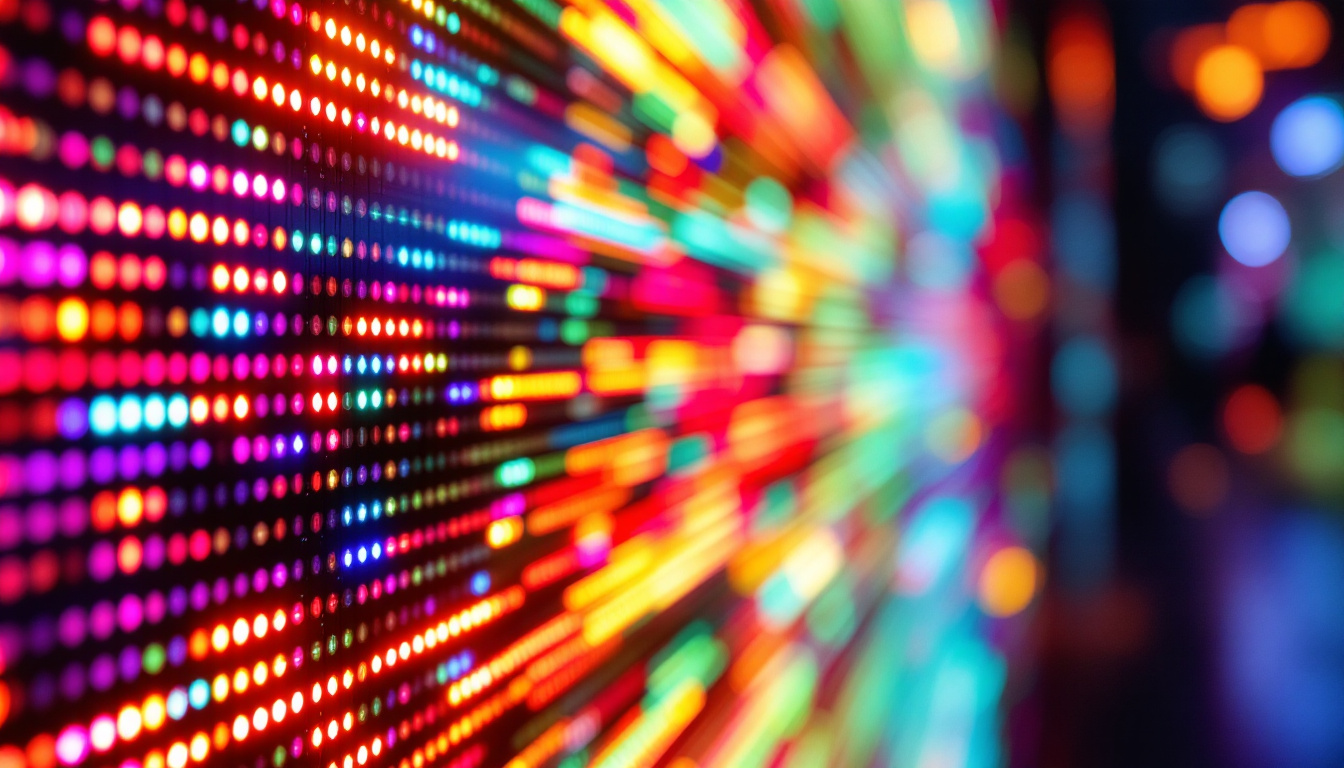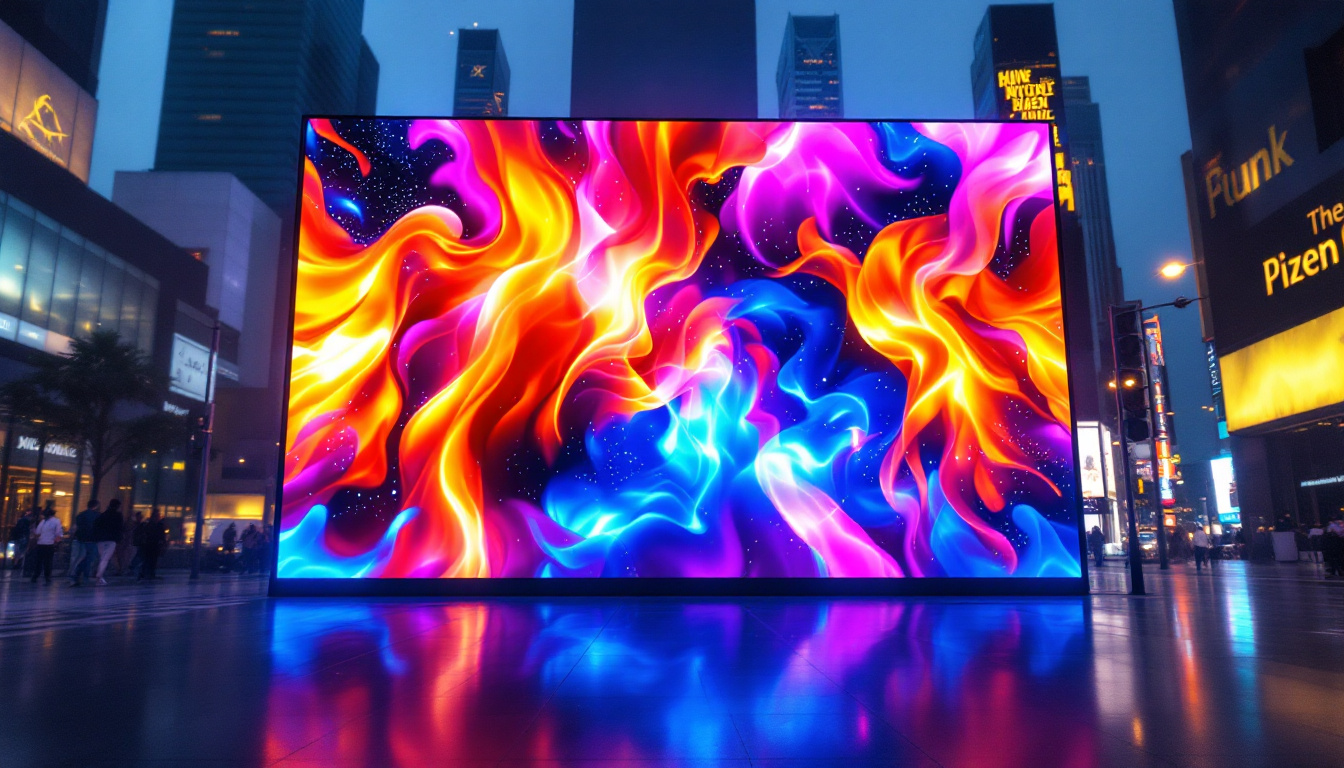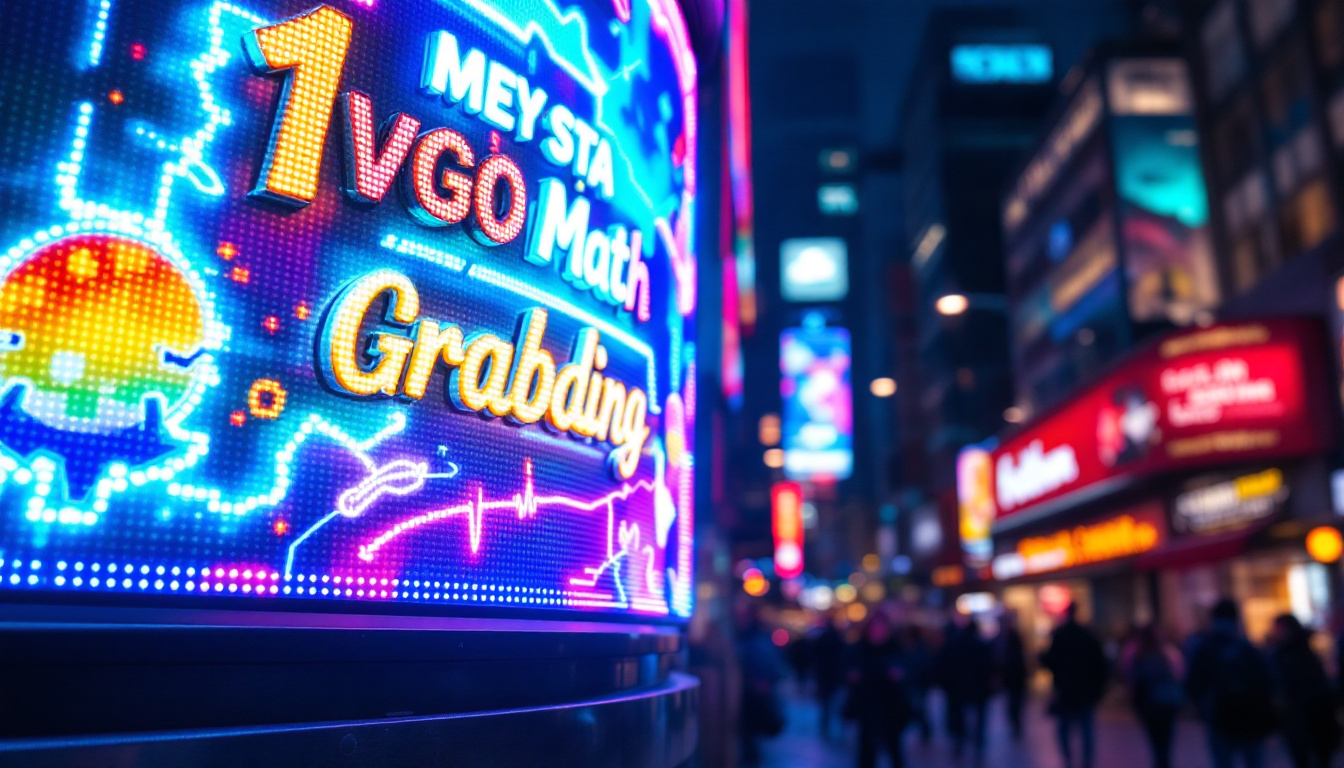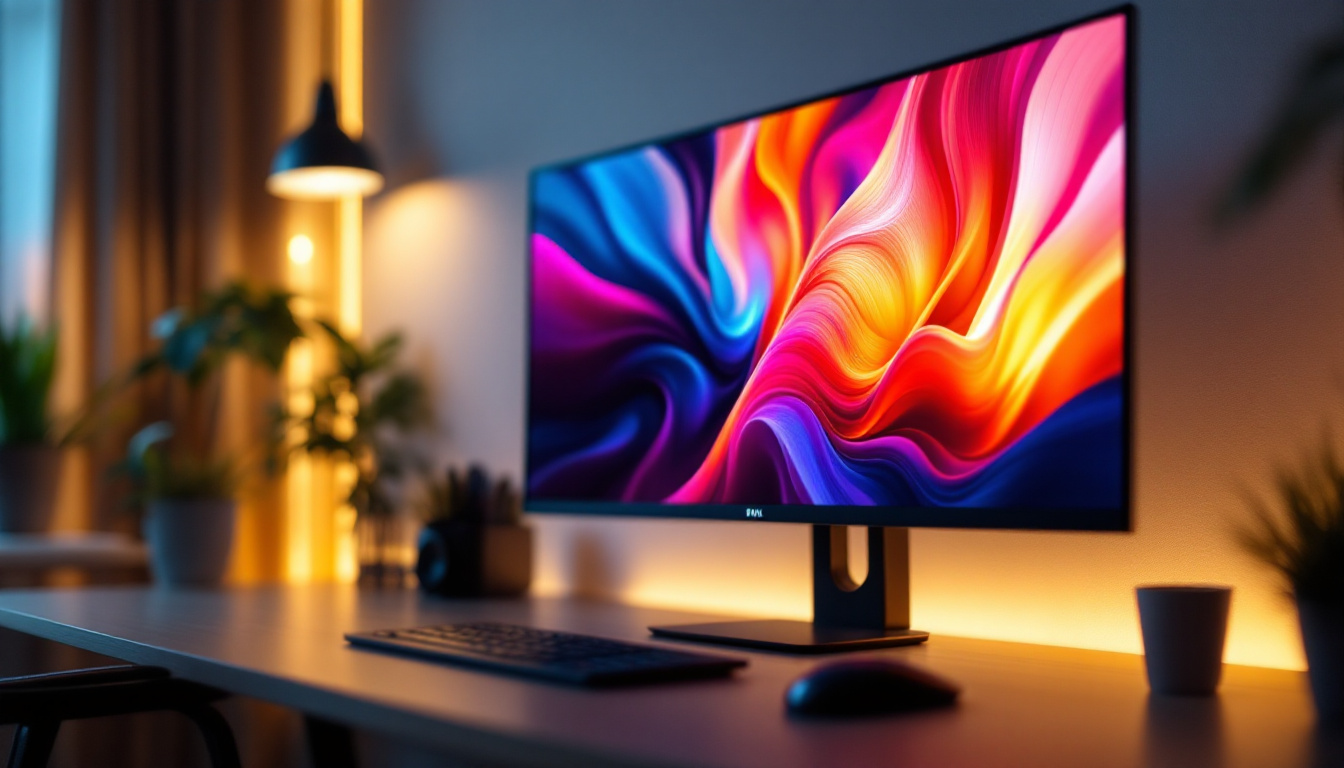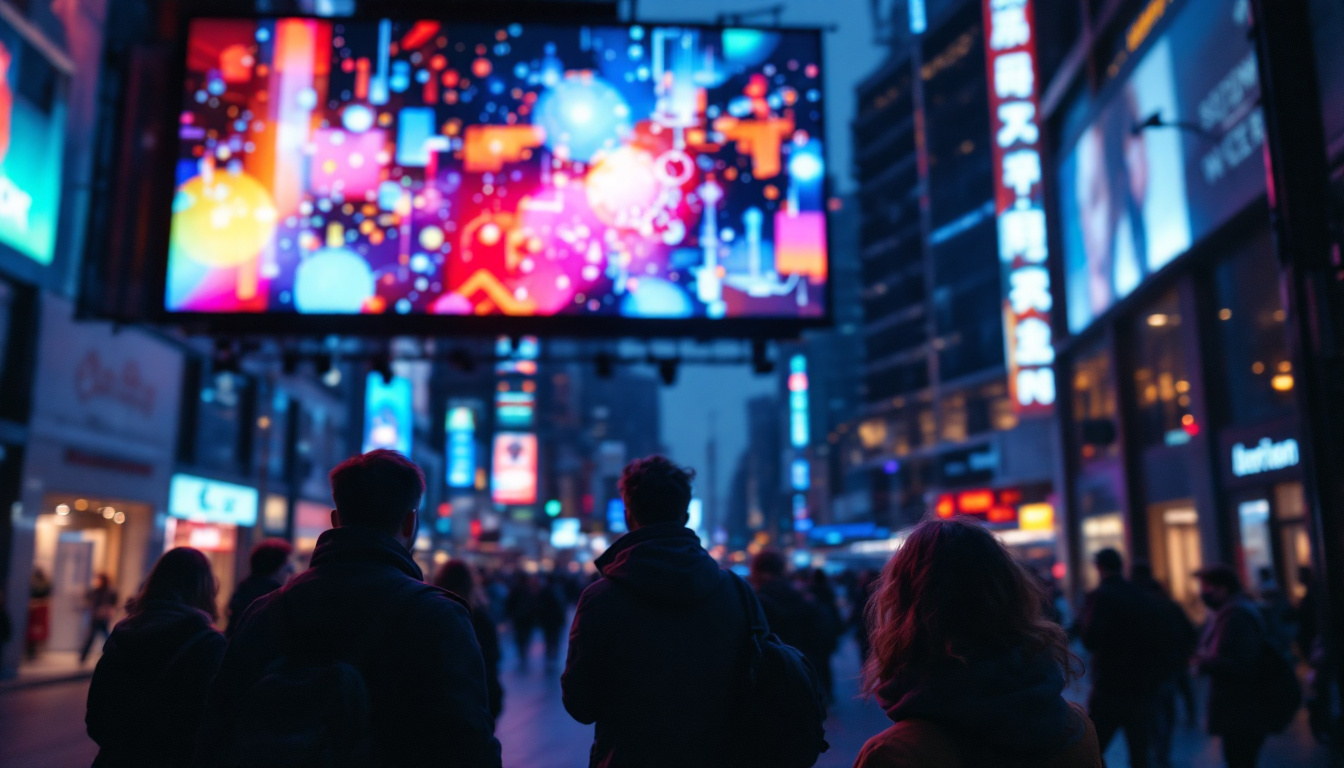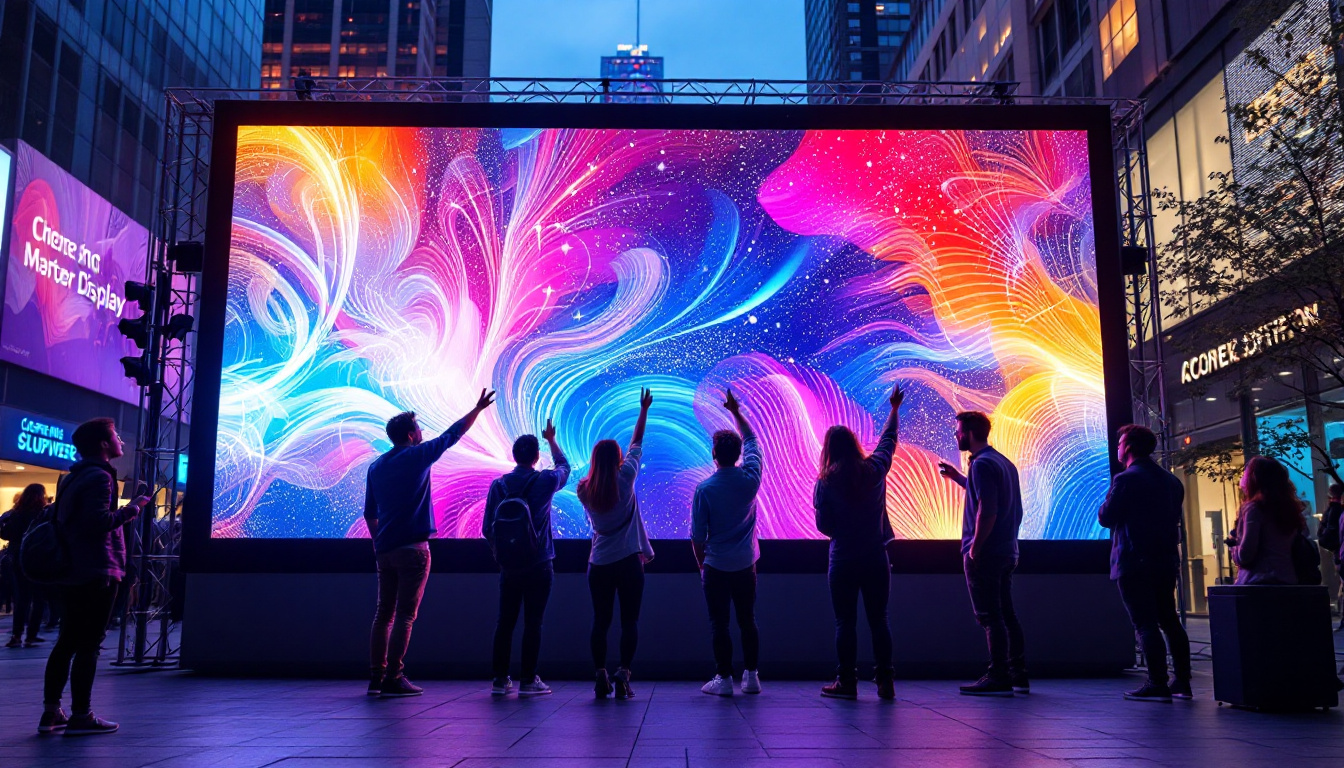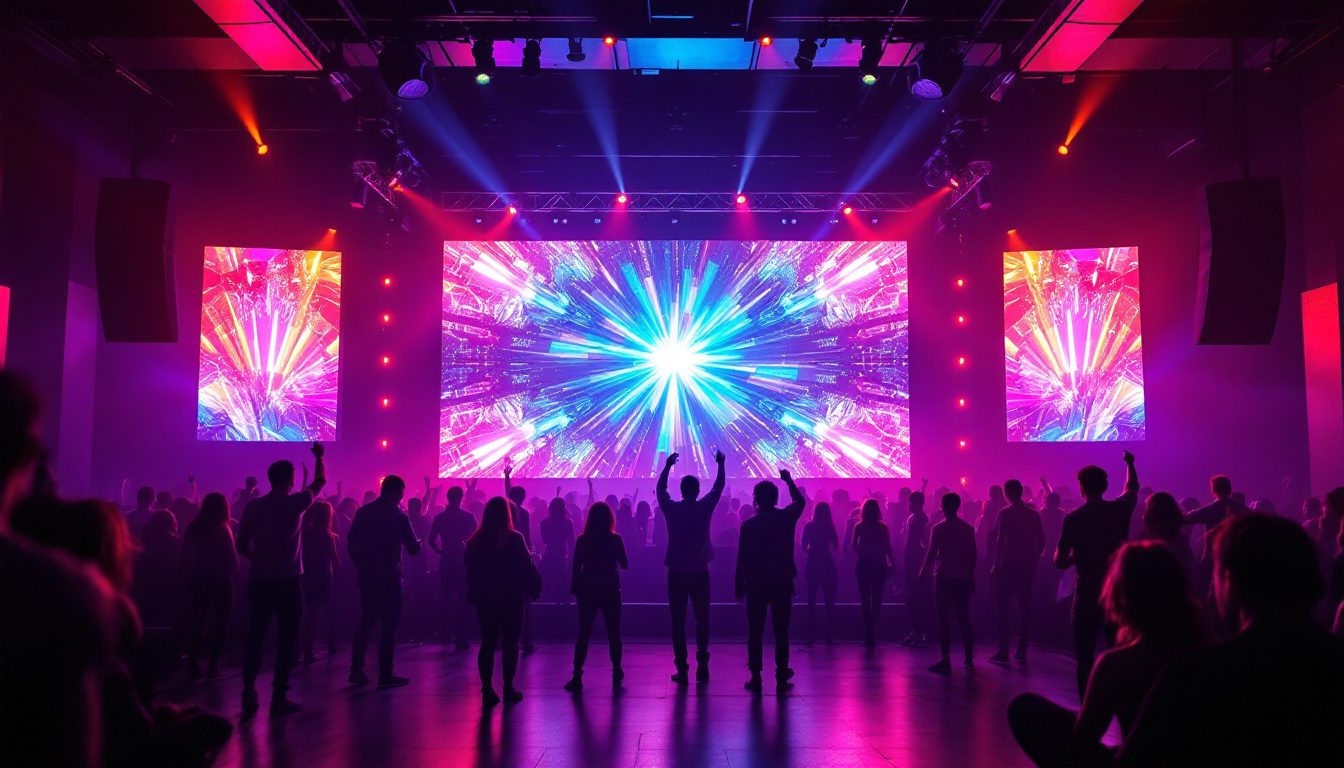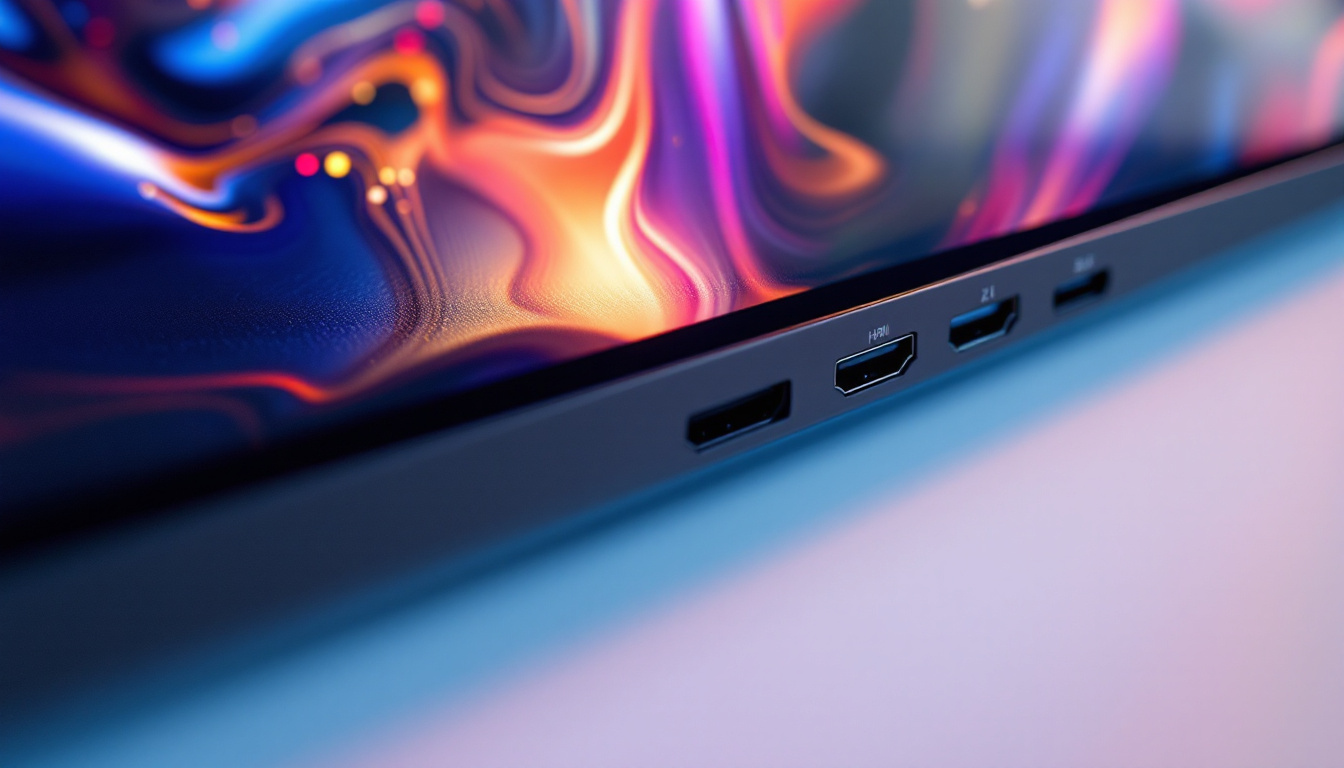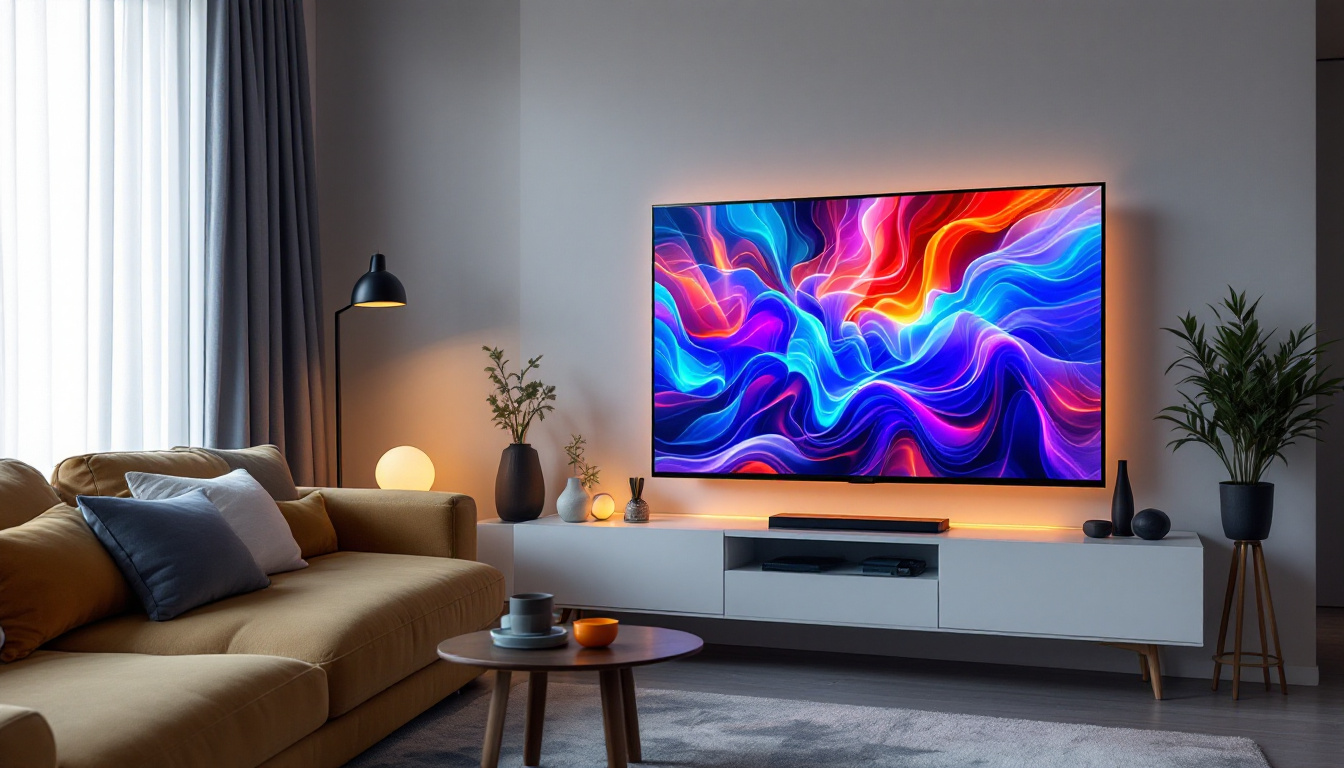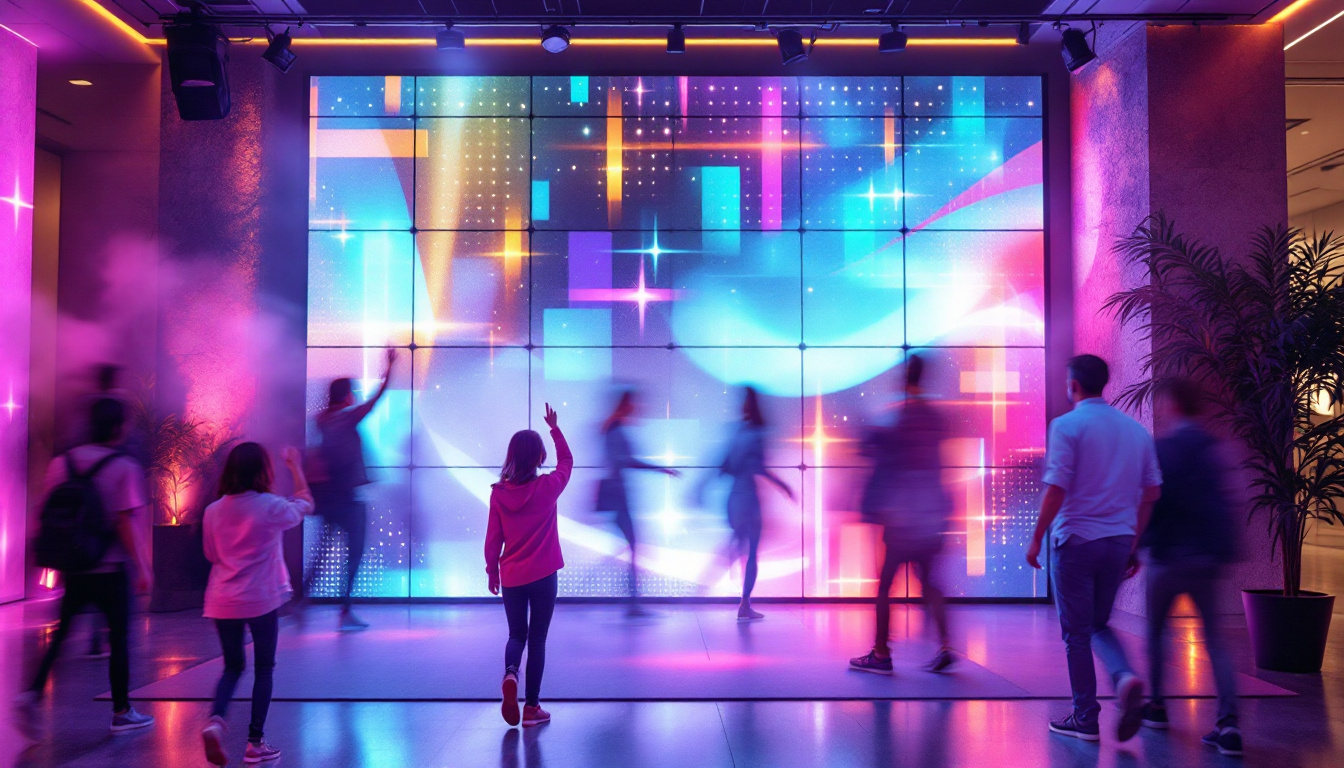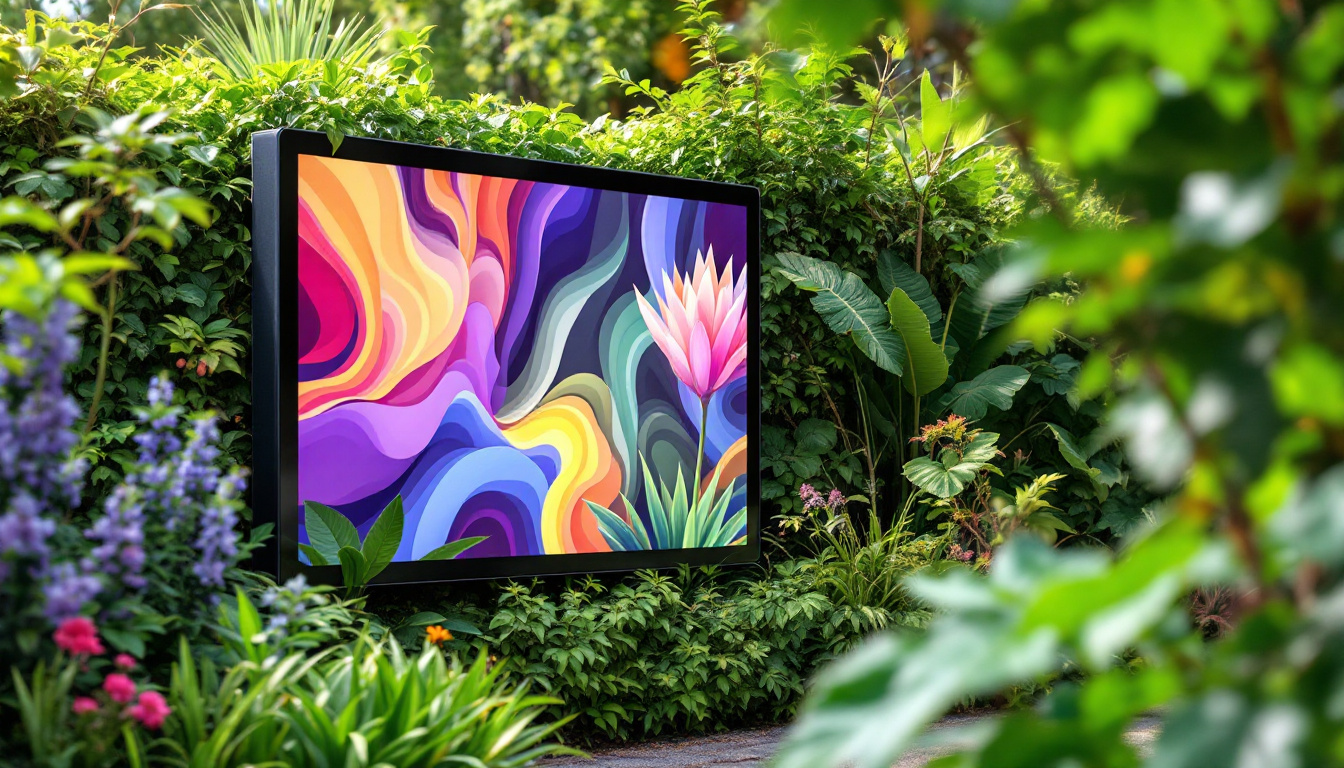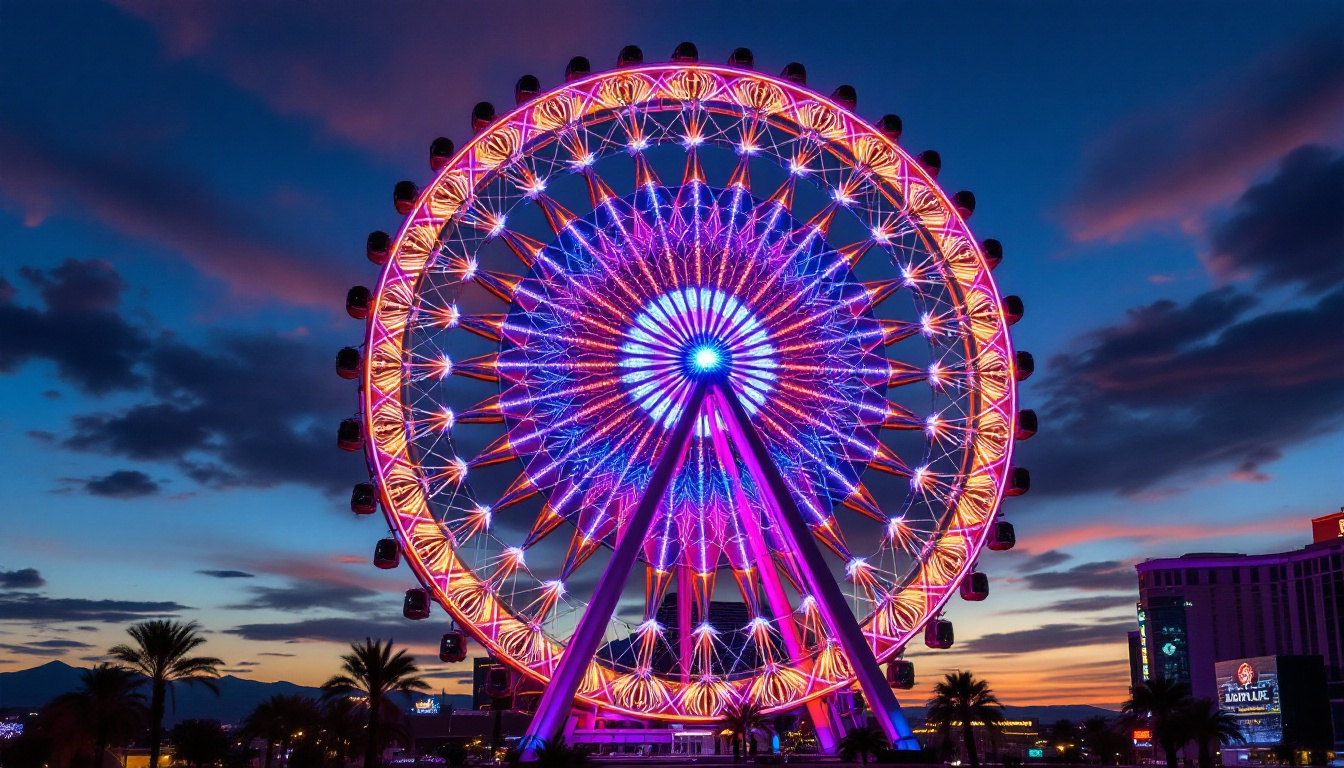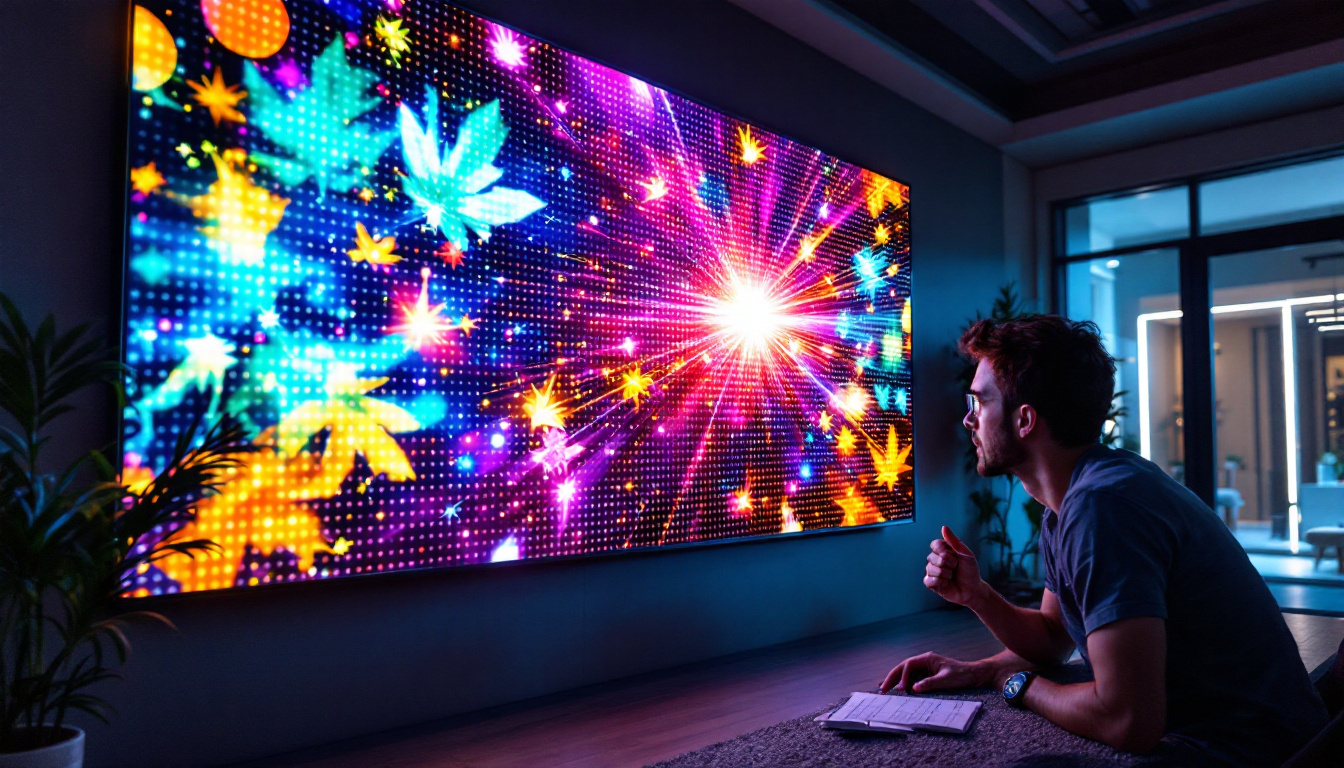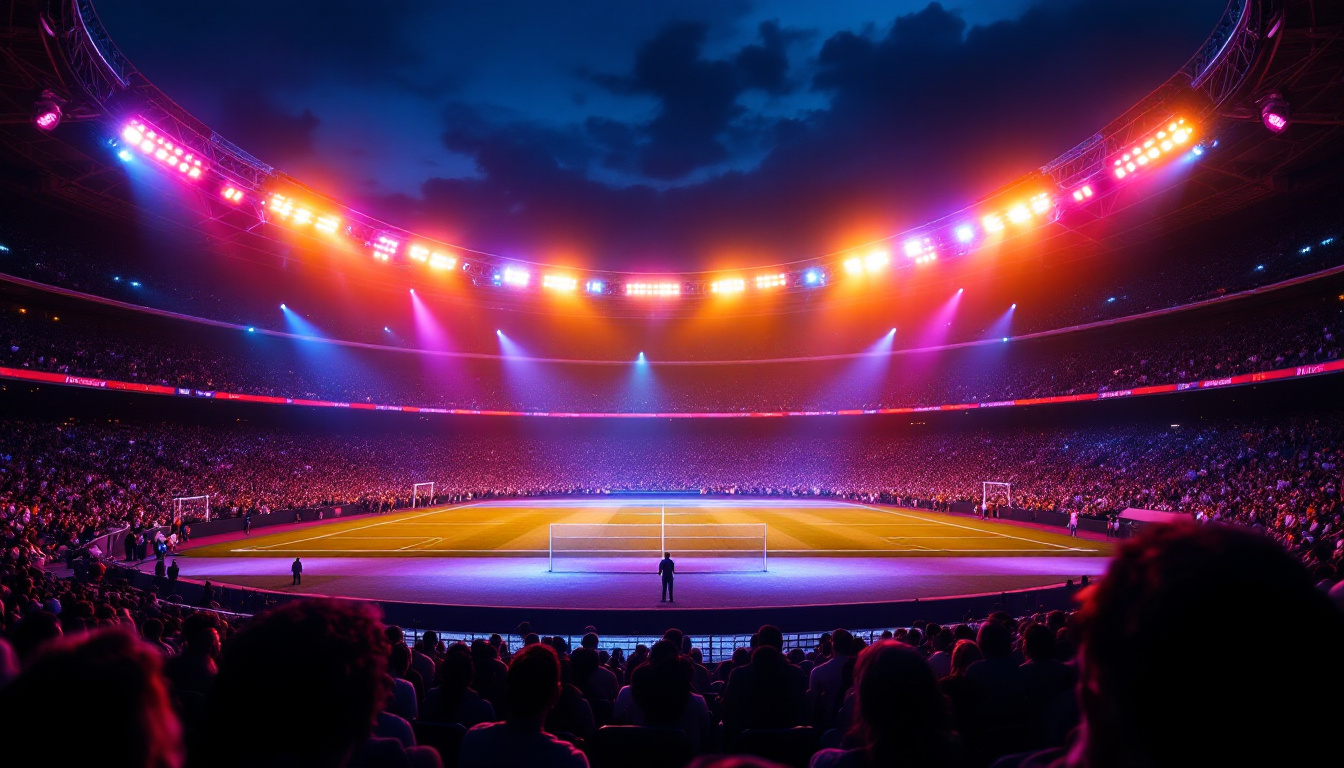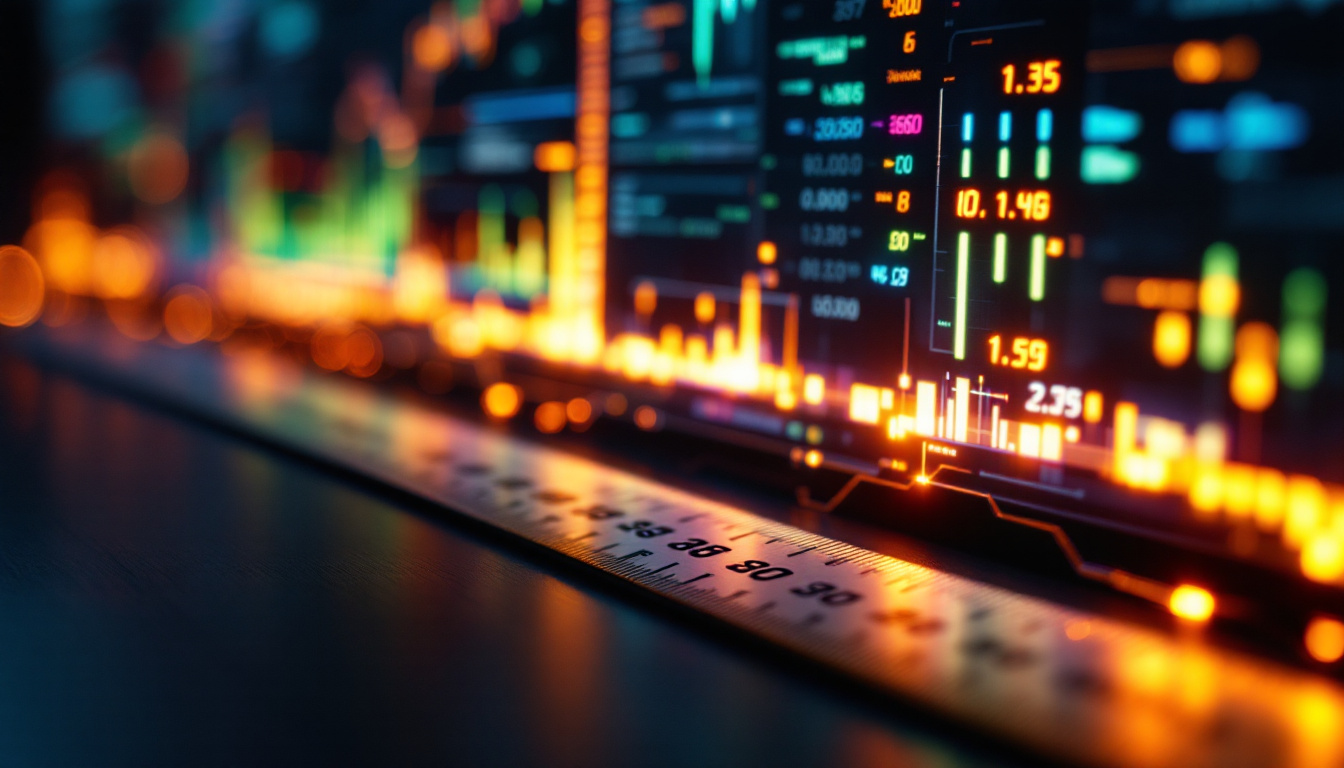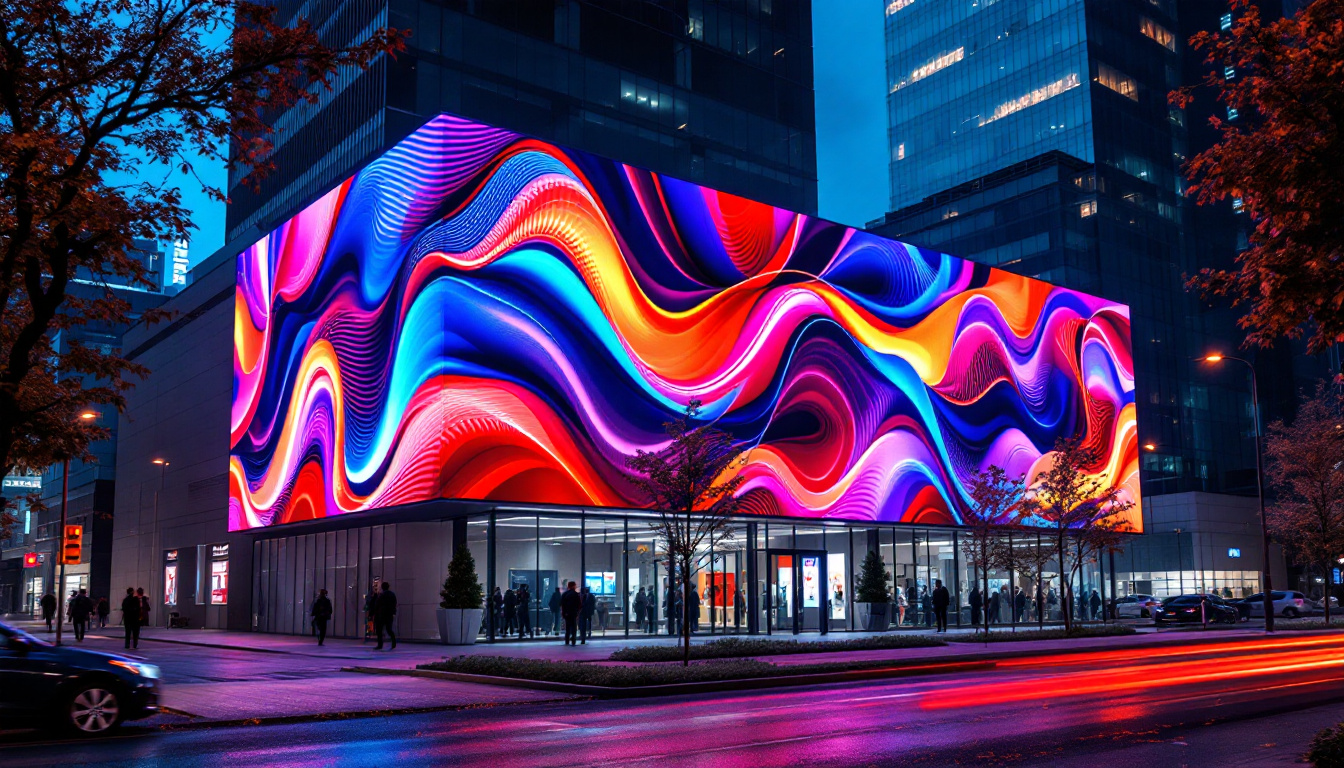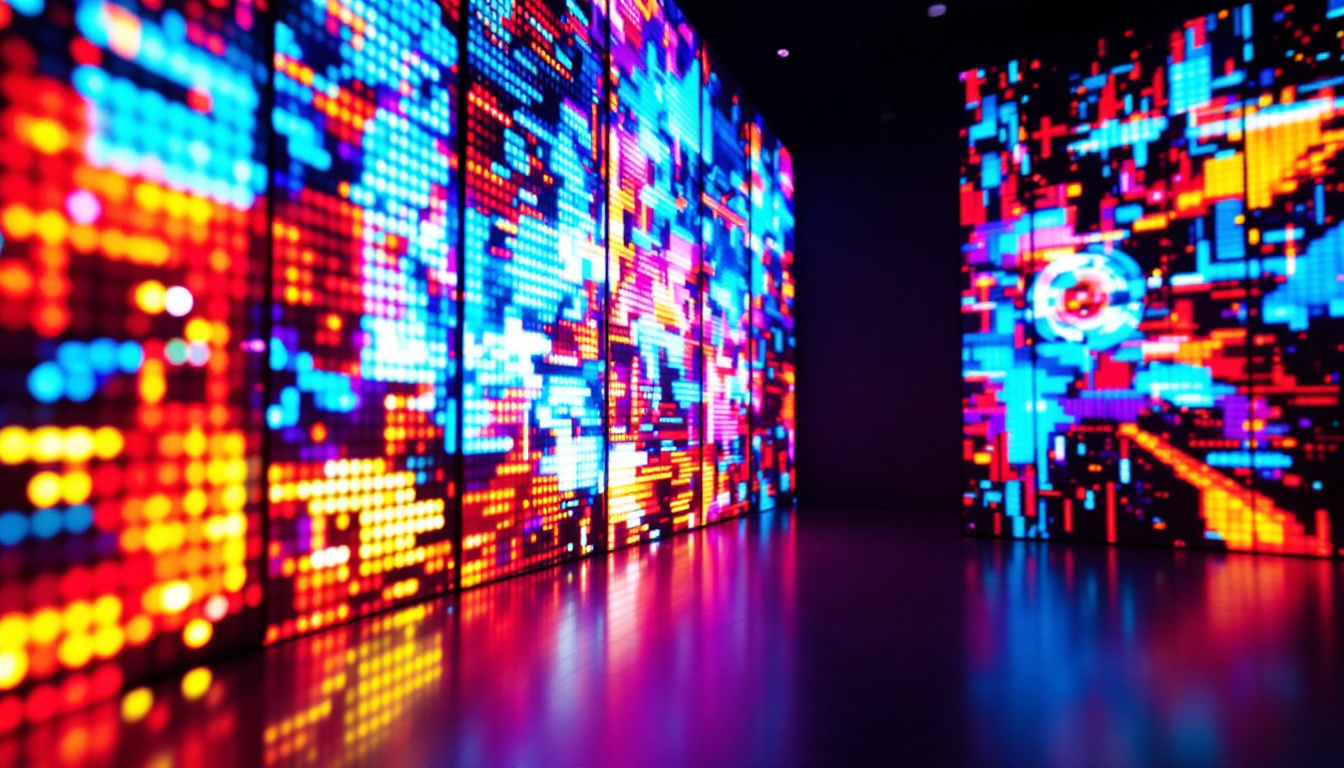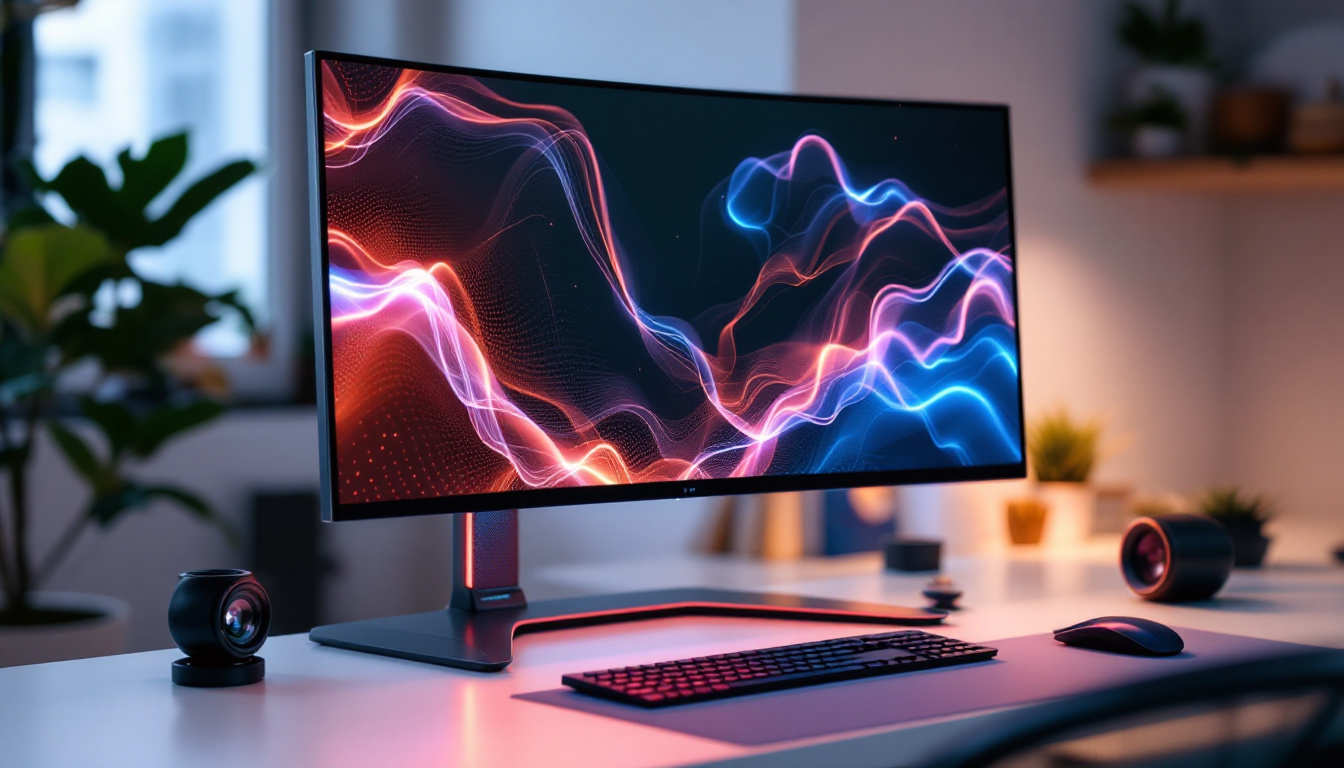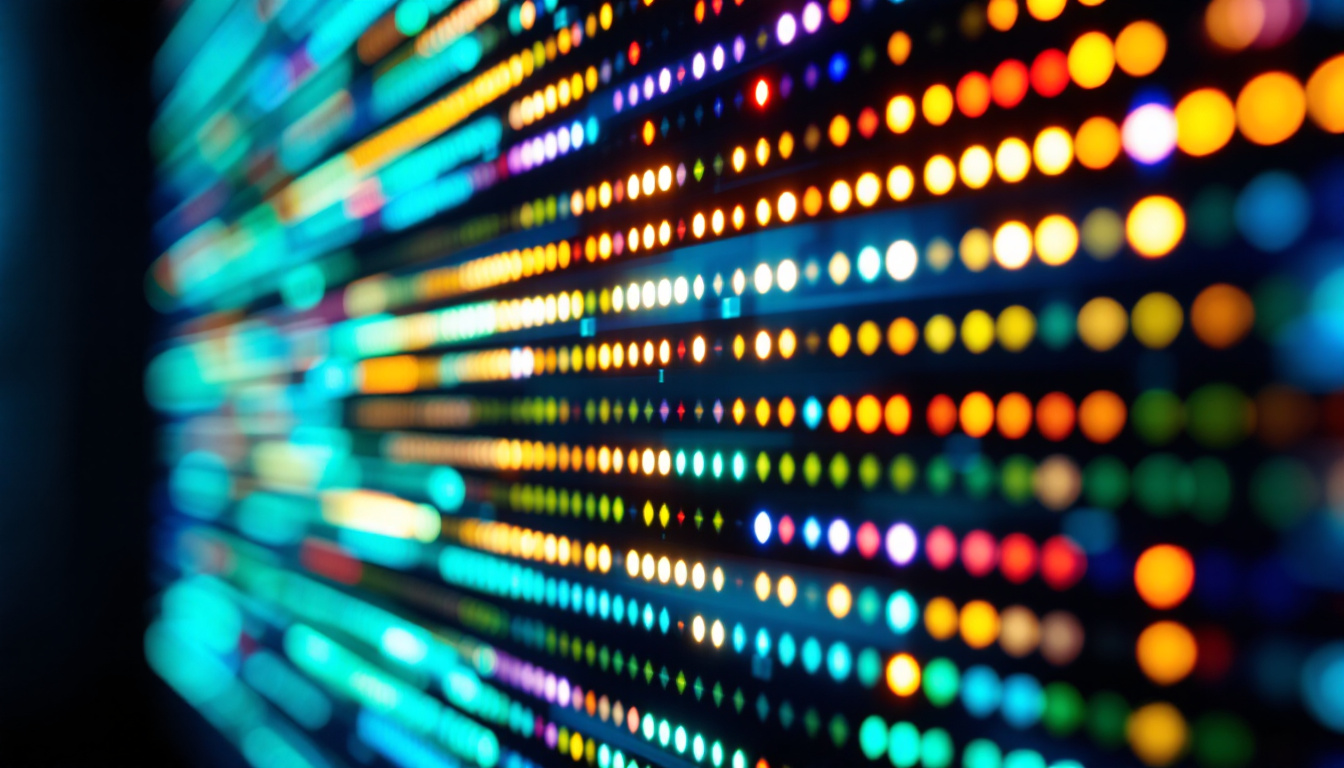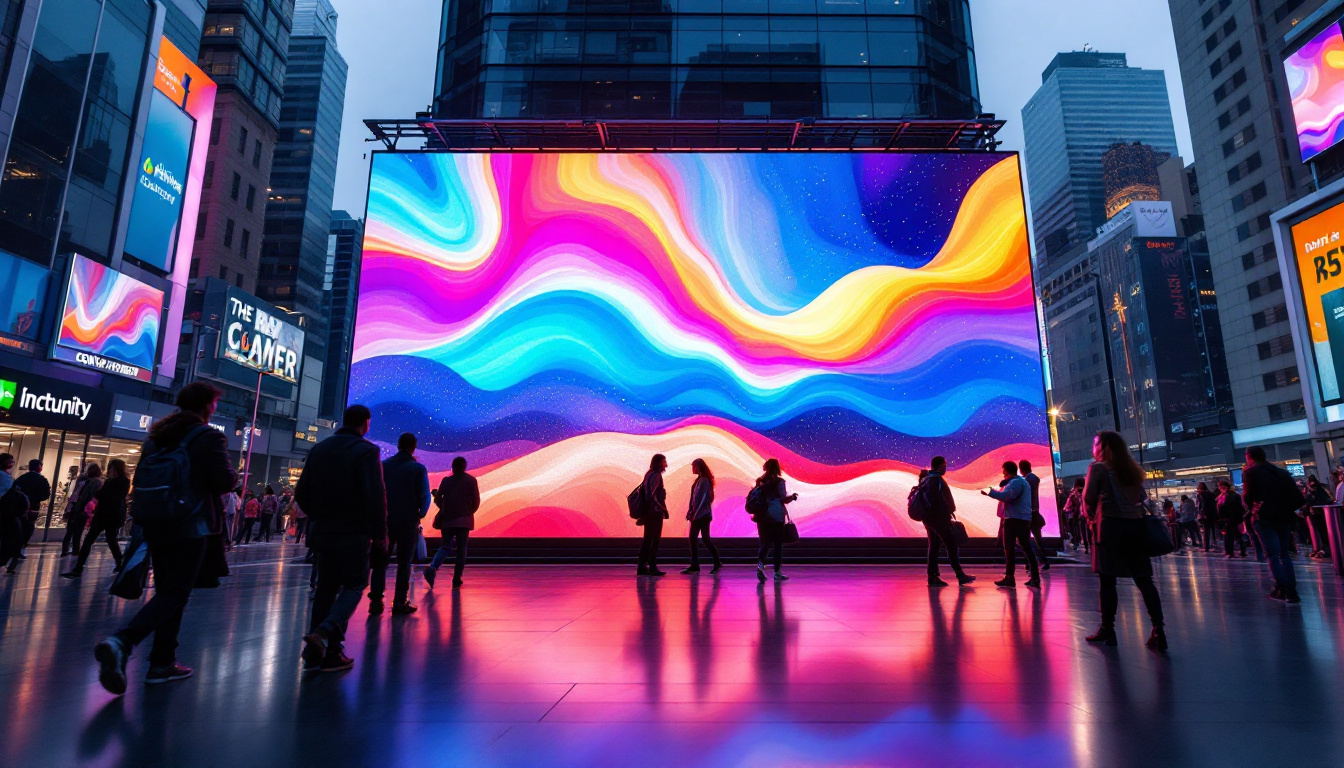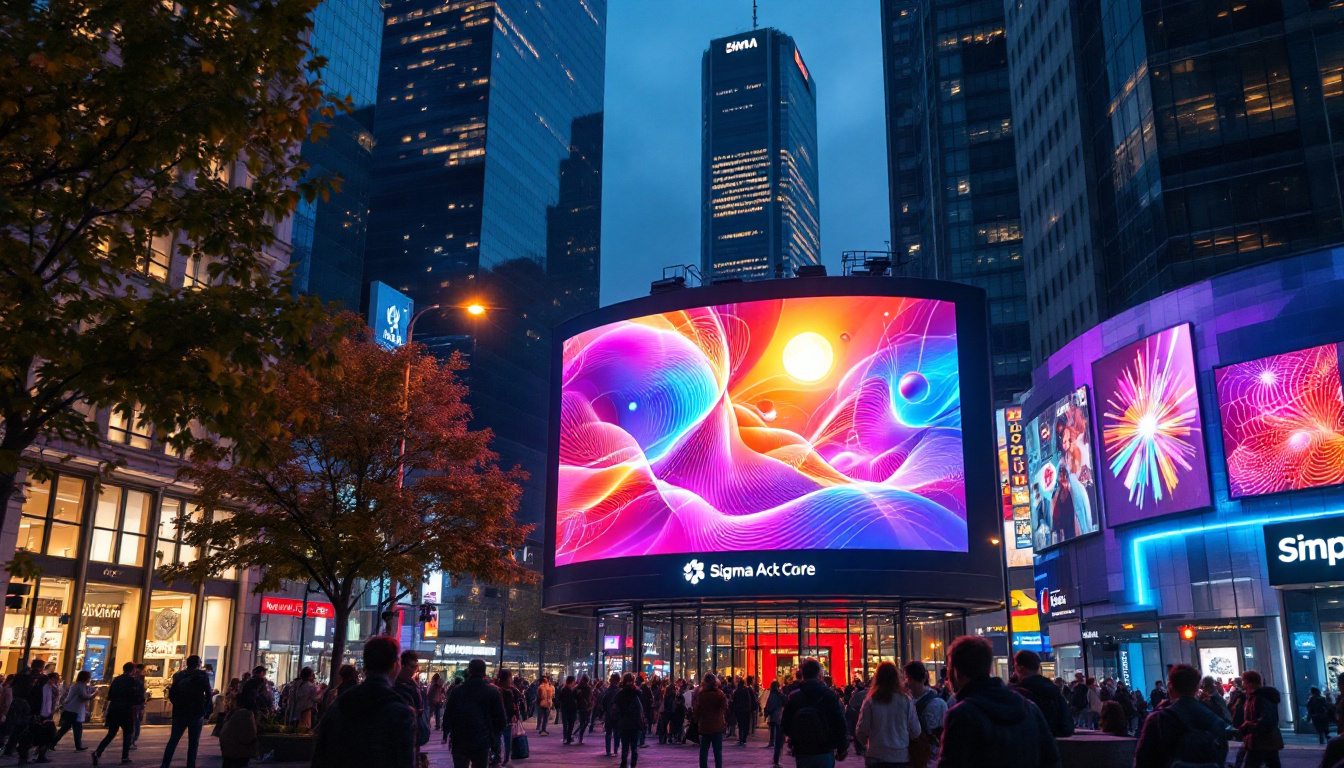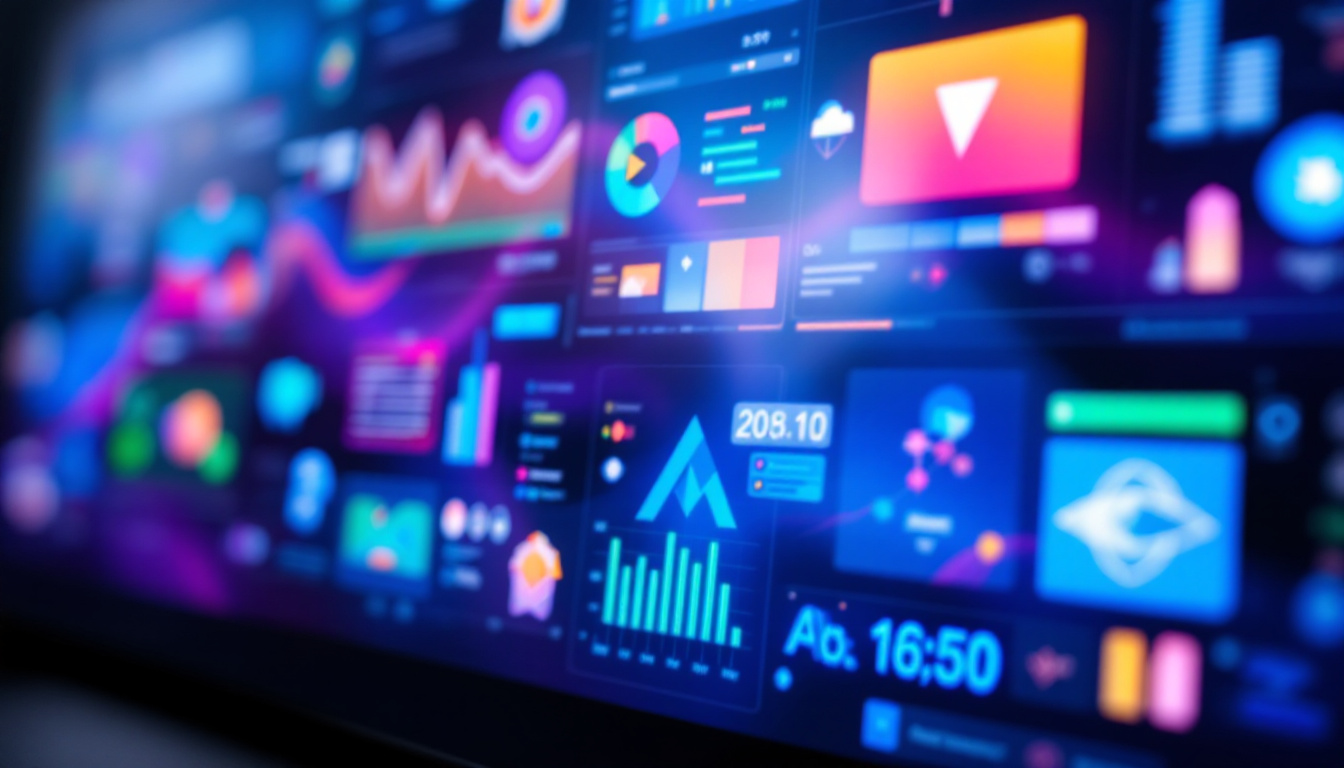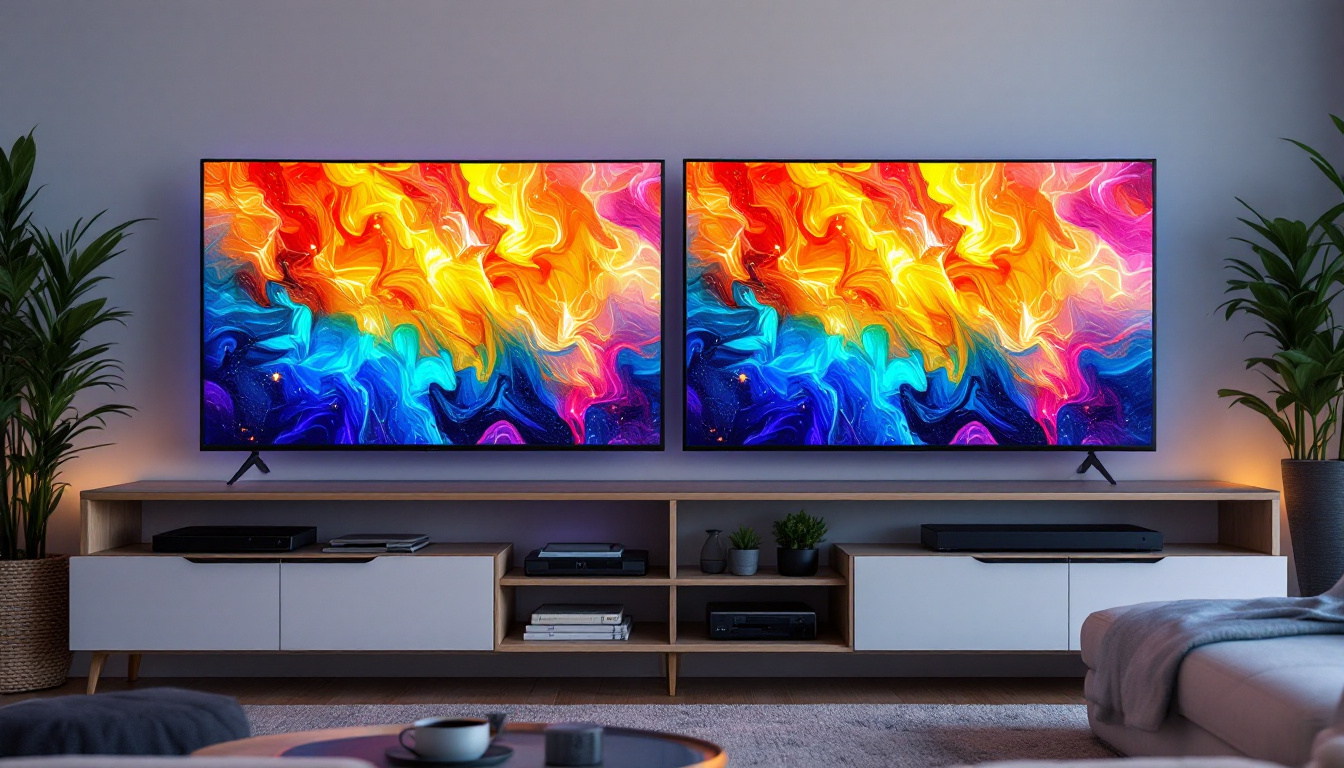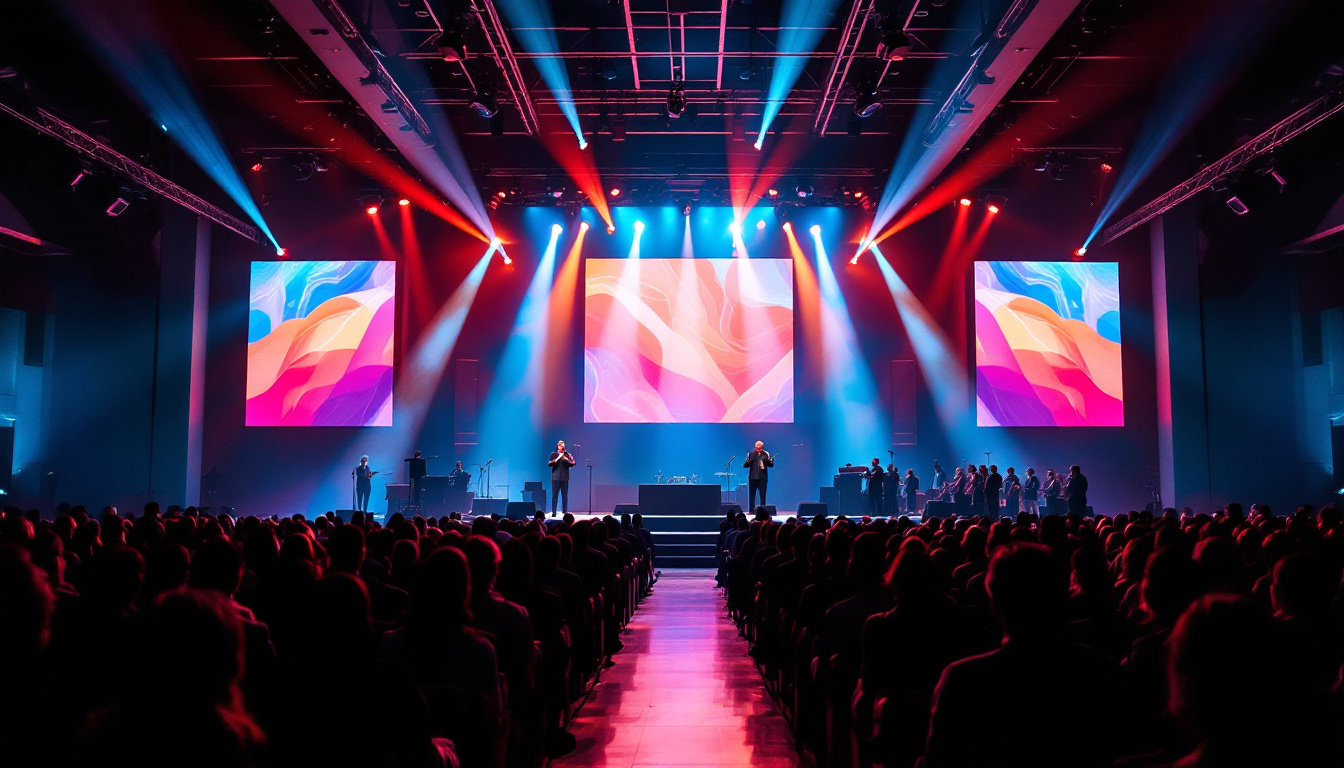In the realm of sports, the scoreboard is a crucial element that enhances the spectator experience, providing real-time updates on scores, statistics, and game progress. With advancements in technology, traditional scoreboards have evolved into sophisticated digital displays, particularly LED (Light Emitting Diode) scoreboards. This article explores the various aspects of digital sports scoreboards, focusing on LED technology, its advantages, and its applications in different sports settings.
Understanding LED Technology
LED technology has revolutionized the way information is displayed in various fields, including sports. Unlike traditional scoreboards that rely on bulbs or mechanical parts, LED displays utilize semiconductor technology to emit light. This results in vibrant colors, high brightness, and energy efficiency.
How LED Displays Work
At the core of an LED display are thousands of tiny light-emitting diodes. These diodes are arranged in a grid format, allowing for the creation of images and text. When an electrical current passes through the diodes, they emit light in different colors based on the type of semiconductor material used. By combining red, green, and blue (RGB) diodes, a full spectrum of colors can be produced, enabling dynamic and visually appealing displays.
The modular nature of LED technology allows for scalability. Scoreboards can be customized in size and shape, making them suitable for various venues, from small community fields to large stadiums. Additionally, LED displays can be programmed to show different types of content, including scores, player statistics, advertisements, and even animations, enhancing the overall viewing experience. This versatility also means that LED displays can adapt to various sports, showcasing everything from soccer and basketball to motorsports and eSports, each with its unique requirements for information presentation.
Advantages of LED Scoreboards
LED scoreboards offer numerous benefits over traditional scoreboards. One of the most significant advantages is visibility. LED displays are exceptionally bright and can be easily seen from a distance, even in direct sunlight. This ensures that fans and players alike can keep track of the game without straining their eyes.
Another advantage is energy efficiency. LED technology consumes significantly less power compared to incandescent or fluorescent lighting, resulting in lower operational costs. Furthermore, the longevity of LED lights means that maintenance and replacement costs are reduced, making them a cost-effective solution in the long run. In addition to these practical benefits, LED scoreboards can also enhance the atmosphere of sporting events. The ability to display vibrant animations and graphics can energize the crowd, creating a more engaging experience for spectators. This interactive element can be particularly beneficial during breaks in the game, as teams can showcase highlights, sponsor messages, or even fan-generated content, fostering a sense of community and excitement around the event.
Applications of Digital Scoreboards in Sports
digital scoreboards are prevalent across various sports, serving different purposes based on the requirements of each game. From professional leagues to amateur competitions, LED displays have become an integral part of the sporting experience.
Football (Soccer) Scoreboards
In football, LED scoreboards play a vital role in conveying real-time information to fans. These displays typically show the score, time remaining, and other essential statistics such as fouls and corner kicks. Additionally, many modern scoreboards are equipped with video capabilities, allowing for instant replays and highlights, which enhances fan engagement during matches.
Moreover, LED scoreboards can be integrated with other technologies, such as RFID systems, to provide more detailed statistics about player performance, including distance covered and speed. This data can be invaluable for coaches and analysts looking to improve team performance. The integration of social media feeds into these scoreboards is also becoming increasingly popular, allowing fans to see live tweets and posts about the game, creating a more interactive atmosphere.
Basketball Scoreboards
Basketball scoreboards have unique requirements due to the fast-paced nature of the game. LED displays in basketball arenas often feature a shot clock, which counts down the time a team has to attempt a shot, in addition to the standard score and time display. The ability to update these figures in real-time is crucial for maintaining the flow of the game.
Furthermore, many basketball scoreboards now include features such as player fouls, team timeouts, and even individual player statistics. These elements contribute to a more immersive experience for spectators, allowing them to follow the game closely and understand the strategies being employed by teams. Additionally, advanced scoreboards can display animated graphics and player profiles, further enhancing the viewing experience and providing fans with a deeper connection to the players on the court.
Other Sports and Events
Beyond football and basketball, LED scoreboards find applications in various sports, including baseball, hockey, and even esports. In baseball, scoreboards display not only the score but also player statistics, pitch counts, and inning information. In hockey, LED displays show goals, penalties, and power plays, ensuring fans are always informed about the game’s status.
Esports, a rapidly growing sector, also utilizes LED scoreboards to display live scores, player rankings, and match statistics. The dynamic nature of esports requires scoreboards that can handle real-time updates and display complex information in an engaging manner. These scoreboards often incorporate vibrant graphics and animations that reflect the energy of the gaming environment, making the viewing experience more exciting for both in-person and online audiences. Additionally, with the rise of virtual reality in esports, future scoreboards may even integrate immersive elements that allow fans to experience the game from different perspectives, further blurring the lines between physical and digital sports experiences.
Design and Customization of LED Scoreboards
The design of an LED scoreboard is not merely functional; it also plays a significant role in branding and fan engagement. Customization options allow teams and venues to create scoreboards that reflect their unique identities.
Branding Opportunities
One of the primary advantages of digital scoreboards is the ability to incorporate branding elements. Teams can display their logos, colors, and slogans prominently on the scoreboard, reinforcing their brand identity. This not only enhances the visual appeal of the scoreboard but also creates a sense of community among fans.
Additionally, LED scoreboards can be used for advertising purposes. Local businesses can purchase ad space on the scoreboard, generating revenue for the venue while providing exposure for advertisers. This dual functionality makes LED scoreboards a valuable asset for sports organizations.
Interactive Features
Modern LED scoreboards are increasingly incorporating interactive features that engage fans in new ways. For instance, some scoreboards allow fans to participate in live polls or trivia games during breaks in the action. This interactivity fosters a sense of connection between the fans and the event, enhancing the overall experience.
Moreover, social media integration is becoming commonplace. Scoreboards can display live feeds of tweets or posts related to the event, allowing fans to see their contributions in real-time. This creates a dynamic atmosphere and encourages more fans to engage with the event on social platforms.
Maintenance and Longevity of LED Scoreboards
While LED scoreboards are known for their durability and low maintenance requirements, regular upkeep is essential to ensure optimal performance. Understanding the factors that contribute to the longevity of these displays can help venues maximize their investment.
Regular Inspections
Routine inspections are crucial for identifying potential issues before they escalate. This includes checking for dead pixels, ensuring the display is properly calibrated, and verifying that all components are functioning correctly. Regular maintenance not only extends the lifespan of the scoreboard but also ensures that it remains visually appealing and operational during events.
Additionally, cleaning the display surface is important to maintain visibility. Dust, dirt, and debris can accumulate over time, obscuring the bright colors and clarity of the display. Using appropriate cleaning materials and techniques can help preserve the integrity of the LED screen.
Software Updates
Many LED scoreboards are equipped with software that requires periodic updates. These updates can enhance functionality, improve performance, and introduce new features. Staying current with software updates ensures that the scoreboard remains compatible with the latest technologies and can adapt to changing needs.
The Future of LED Scoreboards in Sports
The landscape of sports technology is continually evolving, and LED scoreboards are no exception. As technology advances, new innovations are expected to reshape how scoreboards function and interact with fans.
Enhanced Connectivity
Future LED scoreboards are likely to feature enhanced connectivity options, allowing for seamless integration with various devices and platforms. This could include real-time data feeds from sports analytics companies, enabling scoreboards to display advanced statistics and insights during games.
Moreover, the rise of augmented reality (AR) and virtual reality (VR) technologies may lead to interactive experiences that go beyond traditional displays. Imagine fans being able to view player stats and game highlights through AR glasses while attending a live event, all synchronized with the information displayed on the scoreboard.
Sustainability Initiatives
As environmental concerns become increasingly important, the sports industry is likely to focus on sustainability initiatives. Future LED scoreboards may incorporate eco-friendly materials and energy-saving technologies, further reducing their carbon footprint. This shift not only aligns with global sustainability goals but also appeals to environmentally conscious fans.
Conclusion
Digital sports scoreboards, particularly those utilizing LED technology, have transformed the way fans experience sports. With their vibrant displays, energy efficiency, and customizable features, LED scoreboards enhance engagement and provide essential information in real-time.
As technology continues to advance, the future of LED scoreboards promises even more exciting developments, from enhanced connectivity to sustainable practices. For sports organizations, investing in a high-quality LED scoreboard is not just about displaying scores; it’s about creating an immersive experience that captivates fans and fosters a deeper connection to the game.
In summary, the evolution of digital sports scoreboards reflects the broader trends in technology and fan engagement, making them a vital component of modern sporting events. Whether in a local community field or a grand stadium, LED displays are here to stay, illuminating the path for future innovations in sports presentation.
Illuminate Your Sports Experience with LumenMatrix
Ready to elevate your venue’s atmosphere and engage your audience like never before? Discover LumenMatrix’s cutting-edge LED display solutions, designed to bring your sports events to life. From vibrant LED Sports Displays to customizable digital signage, LumenMatrix offers a range of products that promise to enhance brand visibility and create immersive visual experiences. Don’t miss the opportunity to transform your space with the latest in LED technology. Check out LumenMatrix LED Display Solutions today and step into the future of visual communication.

